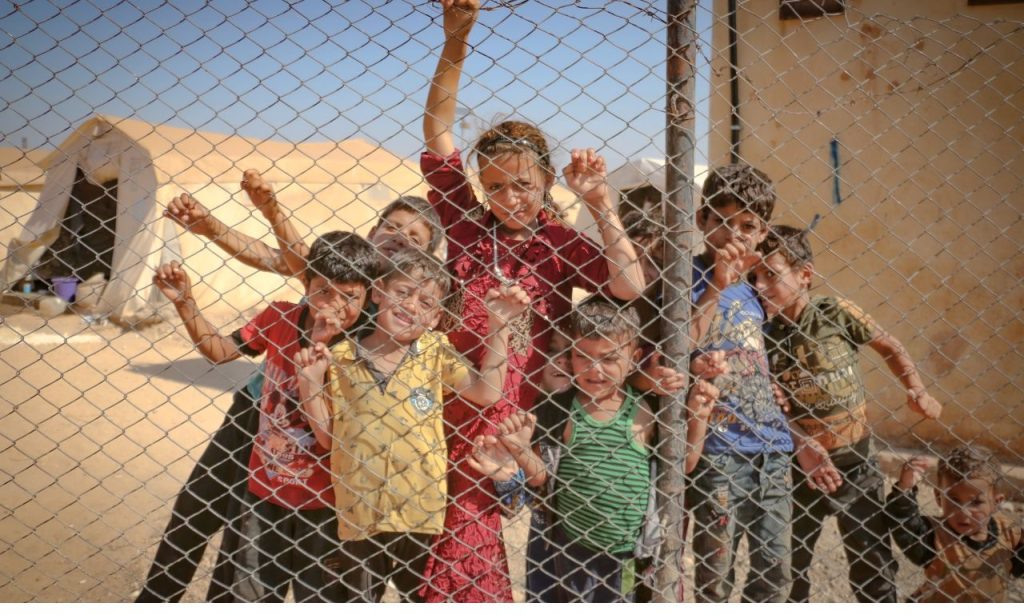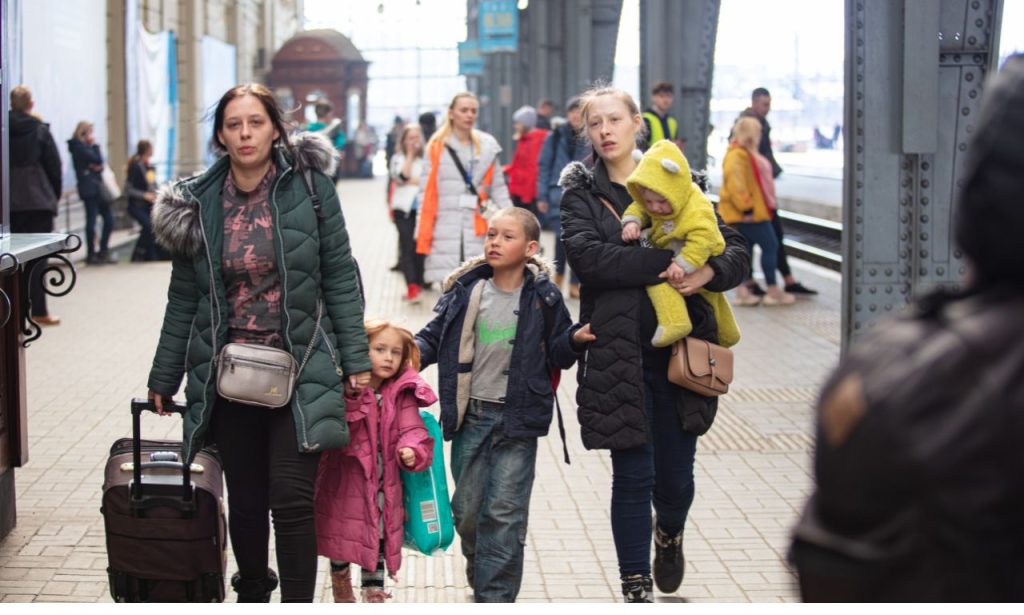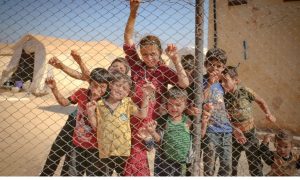Does gender play a significant role in refugee integration? If you’ve ever asked yourself this question, you’re not alone. Policymakers, humanitarian organizations, and even host communities often wonder why some refugees integrate faster than others. The truth is, gender is one of the biggest—yet frequently overlooked—factors shaping the refugee experience.
Think about it: men, women, and non-binary refugees don’t arrive in host countries on equal footing. Their experiences before displacement, during migration, and after settlement differ. Those differences influence everything from access to work, healthcare, education, and social belonging. When gender intersects with age, ethnicity, or legal status, the picture becomes even more complicated.
This article breaks down the impact of gender on refugee integration in a step-by-step manner. We’ll explore socio-economic challenges, health concerns, mental well-being, and policy responses. Along the way, you’ll see real-world examples and data that bring this issue to life.
The Gendered Landscape of Displacement and Initial Arrival
Refugees don’t just flee their homes in a vacuum. Men and women often face very different dangers during displacement. For example, in Syria, many women fled not only because of conflict but also to escape forced marriages or gender-based violence. In contrast, men were more likely to be conscripted or targeted for political reasons.
Upon arrival in a host country, these experiences shape how they are received. Women arriving alone or with children may be perceived as more vulnerable and prioritized for aid. At the same time, single men might face higher suspicion, stricter screening, or even detention.
Cultural expectations follow refugees across borders. In camps, women often find themselves restricted to traditional caregiving roles, while men are pushed into informal labor markets. These early patterns influence long-term integration prospects.
Socio-Economic Integration

Economic independence is a cornerstone of integration, but gender influences the pace at which this independence is achieved. Studies by the UNHCR show that female refugees face significant barriers in accessing the labor market. Language limitations, childcare responsibilities, and cultural restrictions slow down their participation.
On the other hand, men might find work more quickly, but often in low-paying, physically demanding jobs that leave little room for skill development. A Somali refugee man in Germany shared in an interview that while he found construction work within months, his wife remained home because childcare options were scarce. Their household income was heavily skewed, which limited their long-term prospects.
Let’s not forget education. Young refugee girls are more likely to drop out of school than boys due to early marriage or family obligations. Over time, these disparities ripple through generations, shaping the opportunities of entire communities.
Health and Well-being
Health outcomes are another area where gender plays a significant role in refugee integration. Refugee women, especially those who are pregnant or mothers, face unique health needs. In Uganda, refugee settlements often lack maternal healthcare facilities, putting women at higher risk during childbirth.
Men also face health challenges, though these are often tied to their working conditions or trauma exposure. Refugee men working in agriculture or construction may face injuries without adequate medical coverage. Yet, stigma around masculinity often prevents them from seeking treatment.
Access to health is never gender-neutral. When cultural norms dictate who gets to see a doctor first, women often end up at the back of the line.
Mental Health and Trauma
Here’s where things get even more complicated. Both men and women refugees carry trauma, but how they experience and process it can differ. Women may face post-traumatic stress linked to sexual violence, family separation, or caregiving under crisis conditions. Men often report trauma connected to loss of status, inability to provide, or torture.
A study among Rohingya refugees in Bangladesh found that women expressed distress through physical symptoms, while men showed aggression or withdrawal. Without culturally sensitive care, both groups risk falling through the cracks.
Gender expectations also shape access to mental health support. Women may have more community-based support networks, while men are discouraged from showing vulnerability. This difference affects recovery and integration into host societies.
Access to Health Care Services
Let’s dig deeper into healthcare access. It’s one thing to provide clinics, but another to ensure equitable access. For many refugee women, language barriers and a lack of female doctors prevent them from seeking care. In Jordan’s Za’atari camp, women often hesitate to visit clinics because most health providers are male.
For men, the primary issues are often cost and time. Working long hours in precarious jobs means they can’t afford to take a day off for medical appointments. Young male refugees also report feeling less entitled to healthcare, believing resources should go to children and women first.
Healthcare providers need gender-sensitive approaches. Without them, integration through health becomes uneven, leaving long-term gaps.
The Intersectional Lens
Gender alone doesn’t explain everything. A refugee woman from Sudan doesn’t face the same integration challenges as a woman from Ukraine. Ethnicity, religion, age, and even sexuality intersect with gender to shape outcomes.
Take LGBTQ+ refugees as an example. Many face double discrimination—first as refugees, then for their sexual orientation or gender identity. Host countries that lack protection often leave them highly vulnerable.
Intersectionality forces us to see that policies based only on “men vs. women” are incomplete. A young male refugee might face fewer barriers in education than an older woman with no formal schooling. But that same young man might face harsher stereotyping in the labor market.
Migration Status and Legal Protections
Legal frameworks play a crucial role in integration, and gender influences how refugees interact with these systems. In many countries, women applying for asylum must provide specific evidence of gender-based persecution. Yet, proving such claims can be difficult due to stigma or a lack of documentation.
For men, legal hurdles often arise from being associated with conflict or militancy. Male asylum seekers may be profiled as security threats, which delays their cases. These delays prevent them from accessing education, work, or healthcare.
Legal protections also determine family reunification. Women separated from husbands during displacement may struggle to reunite due to patriarchal systems that prioritize male applicants. Without reunification, integration slows dramatically.
Policy and Practice
If gender shapes refugee integration so strongly, why do many policies remain gender-blind? Often, governments adopt “one-size-fits-all” strategies that ignore unique needs. For example, labor programs designed for men may not provide childcare support, thereby excluding women.
Some countries are making progress. Canada’s resettlement program includes specific funding for women-led refugee initiatives. Sweden has integrated gender-sensitive training for caseworkers, ensuring women and men are treated equitably.
Still, gaps remain. Policymakers must ask: Are programs flexible enough to account for gender, culture, and intersectionality? Without that, even well-funded initiatives fall short.
Long-Term Impacts and the “Cost” of Gender Inequality in Integration
The long-term impacts of gender inequality in refugee integration aren’t just personal—they’re economic and social. When women are excluded from work or education, entire families lose income potential. Host countries often miss out on skilled workers who could make significant contributions to their growth.
Consider Germany’s integration programs after 2015. Male refugees found employment at a faster rate, but women lagged significantly behind. Years later, that gender gap remains, costing the German economy billions in untapped labor potential.
Integration is not only about immediate survival. It’s about building sustainable lives. Gender inequality keeps refugees from reaching that goal.
Sustained Disparities
Disparities don’t disappear overnight. Even after years in a host country, refugee women may remain underemployed, while men struggle with health issues linked to dangerous work. Children inherit these gaps when their mothers are unable to access education or healthcare.
Sustained disparities also affect community trust. If host populations see refugees as “burdens,” it’s often because structural barriers prevent fair integration. Breaking those cycles requires intentional, gender-aware approaches.
The Broader Impact

So, does gender play a significant role in refugee integration? Absolutely—and its impact extends beyond individuals. Host countries that fail to address gender disparities face slower integration, social tensions, and wasted resources.
Communities that support gender-sensitive integration, however, reap benefits. Refugee women who enter the workforce not only lift their families but also contribute taxes, skills, and cultural richness. Men who receive mental health support become more stable and contributing members of society.
Ultimately, refugee integration is not just about safety. It’s about creating pathways where everyone, regardless of gender, can thrive.
Conclusion
Gender plays a massive role in refugee integration, shaping everything from healthcare access to job opportunities. Ignoring gender creates inequalities that last for generations. Addressing it requires more than policies on paper—it demands practical, inclusive strategies that work for both men and women, as well as those with intersecting identities.
The question isn’t whether gender matters. The real question is: are we willing to design systems that recognize their impact and respond effectively?
FAQs
Yes. Gender influences access to healthcare, employment opportunities, education, and legal protections, ultimately shaping how well refugees adapt.
Cultural barriers, childcare responsibilities, and limited labor market access often put women at a disadvantage.
Yes. Men are often stereotyped as security risks, face trauma linked to lost status, and work in unsafe labor conditions.
Some policies, like those in Canada and Sweden, include gender-sensitive measures, but many remain one-size-fits-all.
Ignoring gender leads to long-term disparities, wasted economic potential, and slower integration for entire communities.




